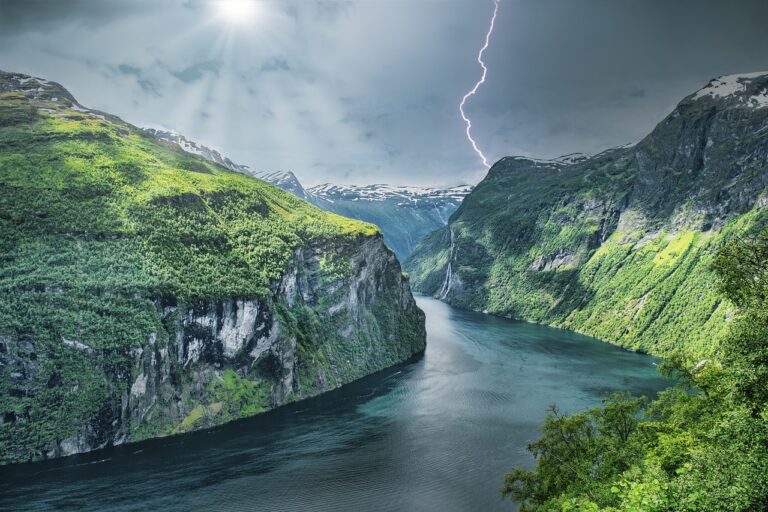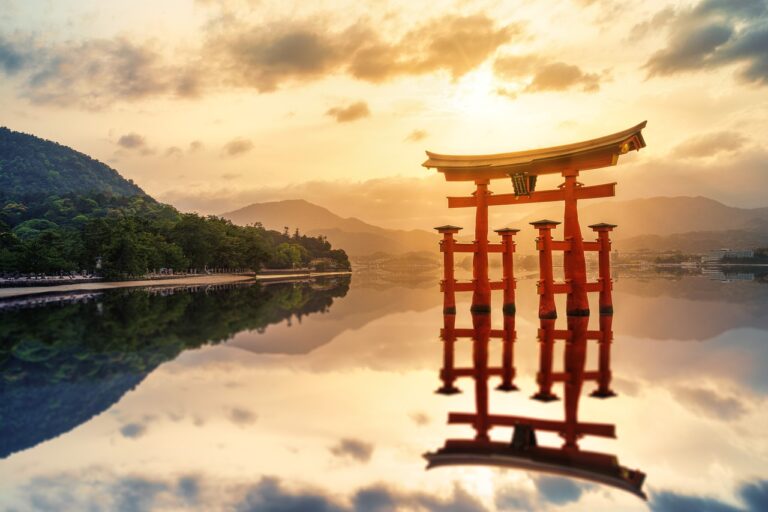Exploring the World’s Largest Festivals: Celebrating Culture on a Grand Scale
Festivals are celebrated worldwide, each with its unique charm and significance. From colorful parades to traditional rituals, these events bring communities together in joyous celebration. The world’s largest festivals attract millions of people from different cultures and backgrounds, creating a melting pot of traditions and festivities.
One such renowned festival is the Rio Carnival in Brazil, known for its extravagant costumes, lively samba music, and electrifying street parties. This vibrant event showcases the rich cultural heritage of Brazil and is a testament to the spirit of unity and revelry that festivals embody. Similarly, the Oktoberfest in Munich, Germany, is a beloved festival that dates back to the early 19th century. Visitors from around the globe flock to this festival to enjoy traditional Bavarian music, dance, and of course, plenty of beer. It is a testament to the enduring popularity of festivals in celebrating community and culture.
Cultural Significance of Festivals
Festivals hold immense cultural significance around the world, serving as vibrant expressions of traditions, beliefs, and values. These celebrations often symbolize unity within communities, fostering a sense of belonging and shared identity among participants. Through rituals, music, dance, and food, festivals offer a platform for people to connect with their heritage and pass down customs to future generations.
Moreover, festivals play a crucial role in preserving cultural heritage and promoting diversity. They serve as platforms for showcasing unique art forms, traditional craftsmanship, and folk performances that showcase the rich tapestry of human creativity. By honoring and celebrating their cultural roots, communities not only strengthen their sense of pride and belonging but also invite outsiders to appreciate and engage with their traditions.
Historical Evolution of Festivals
Festivals have been an integral part of human civilization since ancient times. The roots of festivals can be traced back to the agricultural societies where they celebrated harvests and changes in seasons. These early festivals were deeply connected to nature and often involved rituals to appease gods or spirits for a bountiful harvest.
As societies evolved and urbanized, festivals took on new meanings and forms. They became more complex and diverse, reflecting the cultural, religious, and social values of the communities celebrating them. Festivals started to serve not only as a way to mark important events but also as a means to reinforce social cohesion and identity. The evolution of festivals showcases how human societies have used them as a way to express their creativity, spirituality, and solidarity.
• Festivals have been a part of human civilization since ancient times
• Roots can be traced back to agricultural societies celebrating harvests and seasons
• Early festivals were connected to nature and involved rituals for good harvests
• As societies evolved, festivals took on new meanings and forms
• They became more complex, reflecting cultural, religious, and social values
• Festivals serve as a way to mark important events and reinforce social cohesion
• Evolution of festivals showcases creativity, spirituality, and solidarity in human societies
What are some examples of the world’s largest festivals?
Some examples of the world’s largest festivals include Carnival in Rio de Janeiro, Oktoberfest in Munich, and Diwali in India.
What is the cultural significance of festivals?
Festivals serve as a way for communities to come together and celebrate traditions, customs, and values. They often showcase a culture’s music, dance, food, and art.
How have festivals evolved over time?
Festivals have evolved from ancient religious ceremonies and seasonal celebrations to large-scale events that attract tourists from around the world. They have adapted to changing social and cultural norms while still maintaining their traditional roots.





